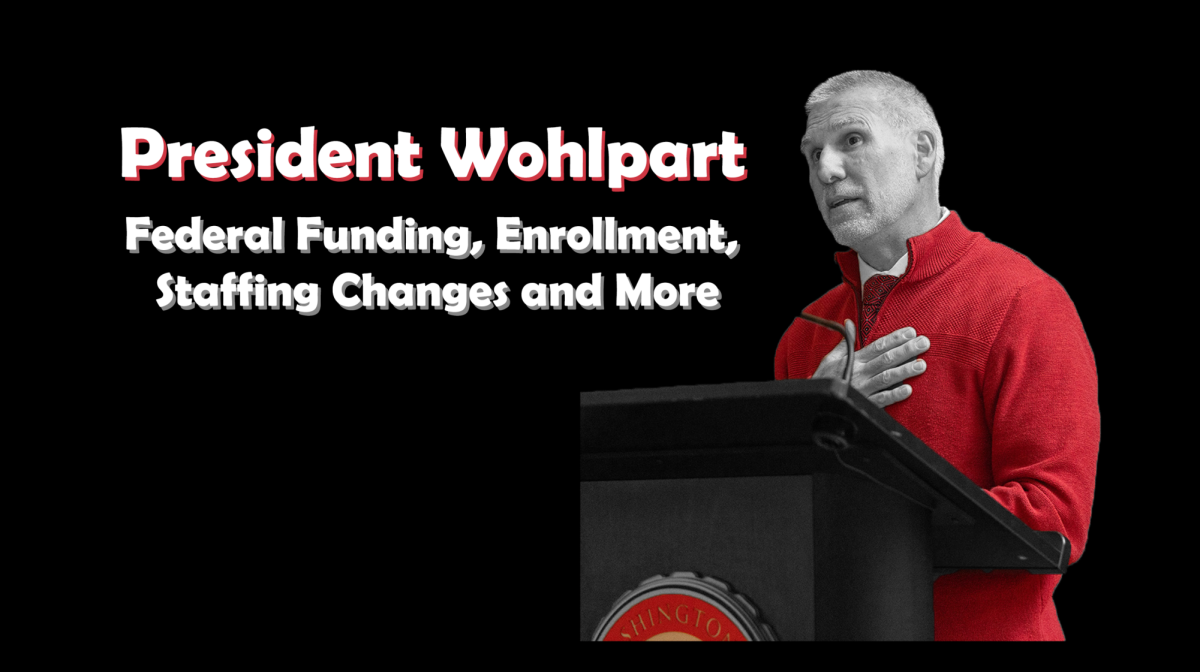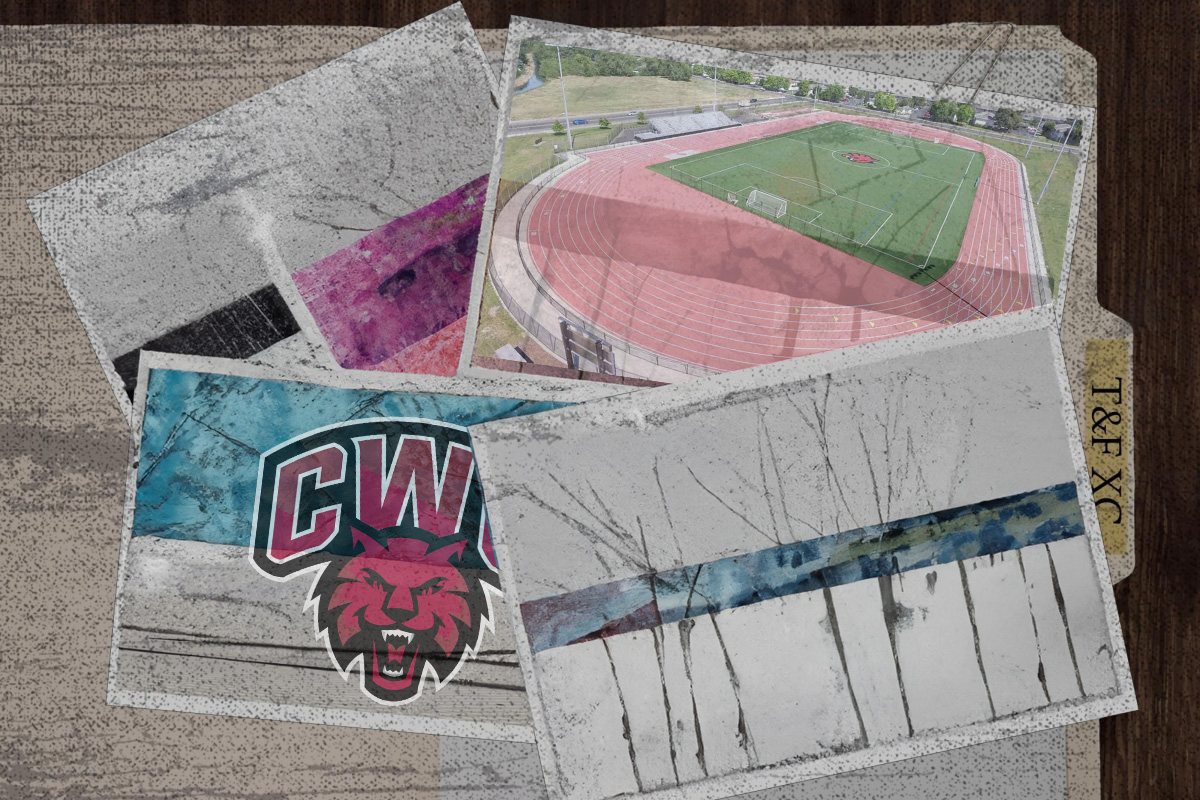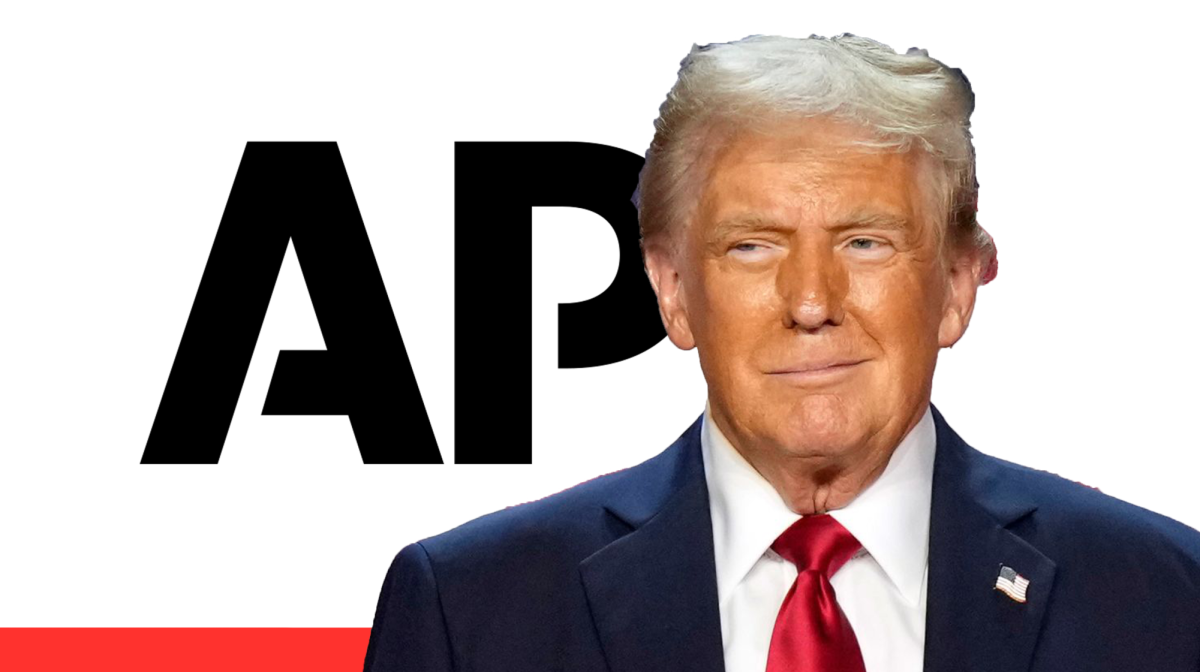Buried in archives and storage rooms of museums, federal agencies and universities across the country, human remains and cultural objects have been separated from their actual resting place.
But changes are coming. A final rule with changes and additions to the Native American Graves Protection & Reparation Act of 1990 (NAGPRA) , which is administered by the National Park Service, will be effective nationwide Friday, Jan, 12.
Published on Dec. 13, 2023 to the Federal Register in vol. 88, no. 238 and starting on pg. 86518, the final rule also has an extended version. It responded to 181 individual submissions with 1,800 specific public comments from the 90 days the rule was open for them in 2022 and 2023. There are 124 summaries of comments and why or why not the comments were not part of the changes effective on Jan. 12.
“The changes and additions reflect and center the concerns and wants of tribal communities,” said Lourdes Henebry-DeLeon, CWU’s NAGPRA director. “They emphasize deference to traditional knowledge and tribal consultation.”
Before 1990, there were no regulations about repatriations with these objects. Since they were removed from the burial sights, there had been requests and demands for the remains and objects to be returned. On Nov. 16, 1990, NAGPRA became law.
After the act was signed into law, federal agencies and museums (of which universities are legally defined) who received federal funding were required to go through their inventories and make entries to culturally identify the Native American human remains, funerary items and objects of cultural significance before sending the collected listed to the Tribes and Native Hawaiian groups.
The goal is to repatriate as much as possible. But not everything could be culturally identified and was classified as culturally unidentifiable. The identification process was done at each institution and agency on their own with no oversight. Some, such as Harvard, would say that none of the estimated 5,500 Native American remains were able to be culturally identified and have delayed repatriations while still being in compliance with NAGPRA.
While other places are now going to be just beginning their repatriations, CWU is well on its way. Here at CWU, there has been collaboration with Tribes since 2005. The way that CWU will be impacted by the NAGPRA changes are the deadlines now in place.
“The new required deadlines for specific actions by museums are a challenge, but we will do what we always do – consult with the Tribes, create protocols that meet the legal mandates while doing NAGPRA the way the Tribes want us to do NAGPRA,” Henebry-DeLeon said.
As these changes become regulation, more Native American human remains, funerary objects and cultural objects will begin their journey home. The repatriations are helping many heal.
In a press release on Dec. 6, 2023, Department of the Interior (DOI) Secretary Deb Haaland, the first Native American cabinet secretary, said, “Among the updates we are implementing are critical steps to strengthen the authority and role of Indigenous communities in the repatriation process. Finalizing these changes is an important part of laying the groundwork for the healing of our people.”







